Get all the details about unlacquered brass faucets (also known as uncoated brass, a living finish or raw brass) in this complete guide. Learn all about unlacquered brass kitchen faucets, with a quick list of pros and cons.
We’ll also show you where to shop for these timeless faucets, how to maintain them, and what to expect as this material ages!
If you’re shopping for an unlacquered brass kitchen faucet, you’ll find that your options can feel limited and they are quite the investment. Get all my favorite tips and tricks to find that delightful patina you’re searching for!

When we undertook our kitchen remodel several years back, I knew right away that unlacquered brass had my heart. There’s just something about that patina that I cannot get enough of… it adds an immediate warmth and elegance to any space.
Unlacquered Brass Faucets
After receiving so many questions about our new kitchen, I knew it was time to update you about our unlacquered brass faucet. It pairs beautifully with our Farmhouse Sink, doesn’t it?
In fact, we loved our sink in our St. Louis home so much that we just added an unlacquered brass Bridge Kitchen Faucet to our lake cottage, too! (Click through for the full before and after tours of both homes!)
Learn where to find them and how to care for them, too, in this complete guide!
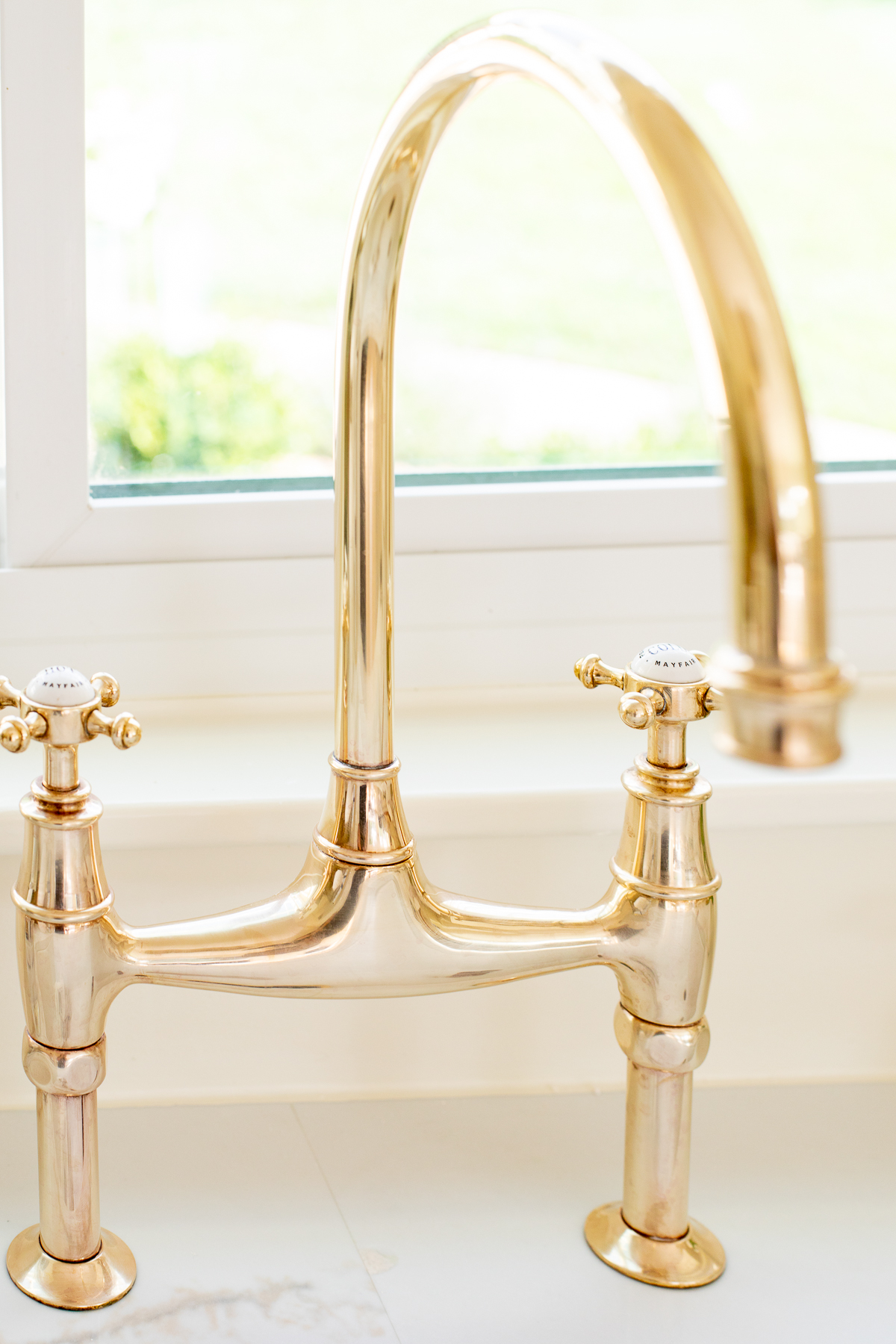
What is Unlacquered Brass?
Unlacquered brass is polished, raw brass without a protective coating. Thanks to oxidation, it darkens and develops patina as it ages.
It is often used for lighting, door knobs, cabinet hardware, faucets and more. Each piece is unique and will age unevenly from use, exposure to water, elements, etc.
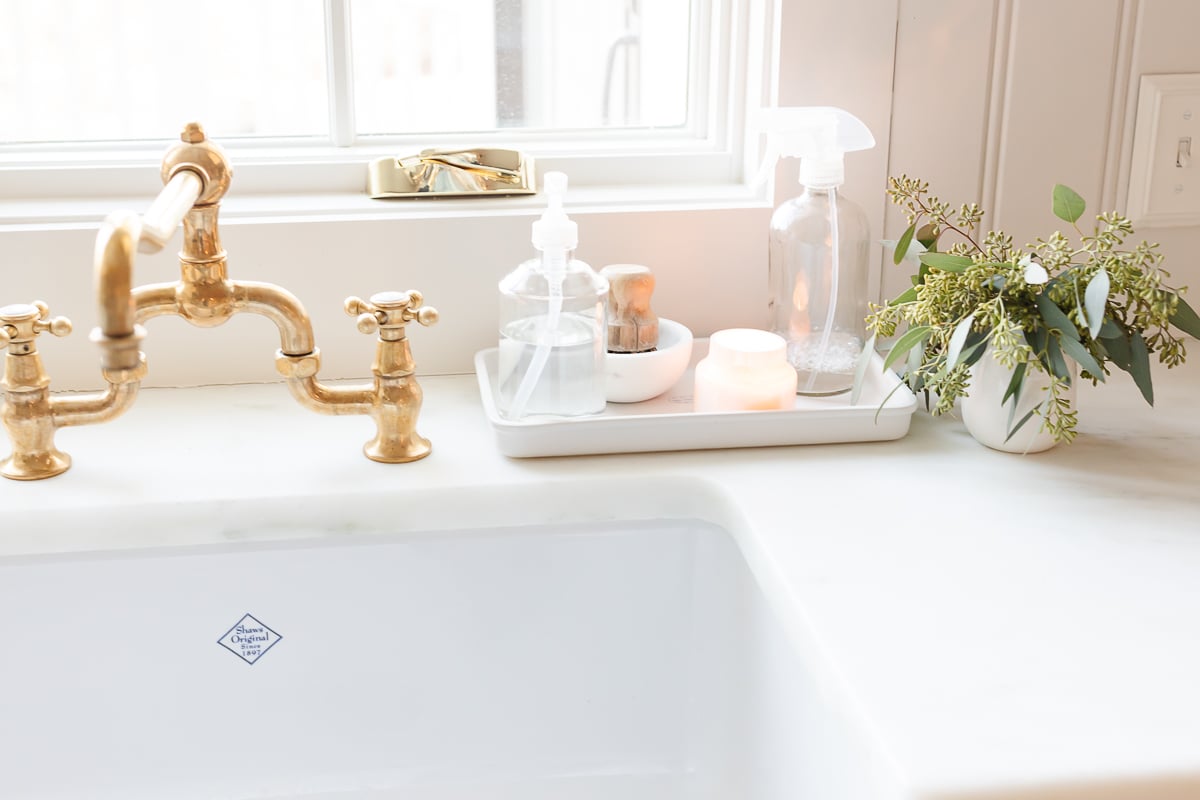
Pros
- Disinfects – This metal cleans itself! Scientific studies show that uncoated copper, brass or bronze can neutralize bacteria immediately, thanks to a chemical reaction. We love that this metal actually reduces germ build-up on contact.
- Maintenance – If you enjoy embracing imperfection (like our Danby marble countertops), you will love unlacquered brass because it requires very little maintenance.
- Easy to Polish – Luckily, if you prefer the shine of polished brass, you can simply polish your faucets to enjoy the original sheen.
- Charm – While a polished brass faucet has to be frequently wiped down because it shows spots, on an uncoated brass faucet, spots just blend in with the patina!
- Longevity – Unlike protected brass, it becomes darker and ages gracefully, adding warmth, character and timeless charm. It is a durable material that won’t rust and lasts a lifetime.
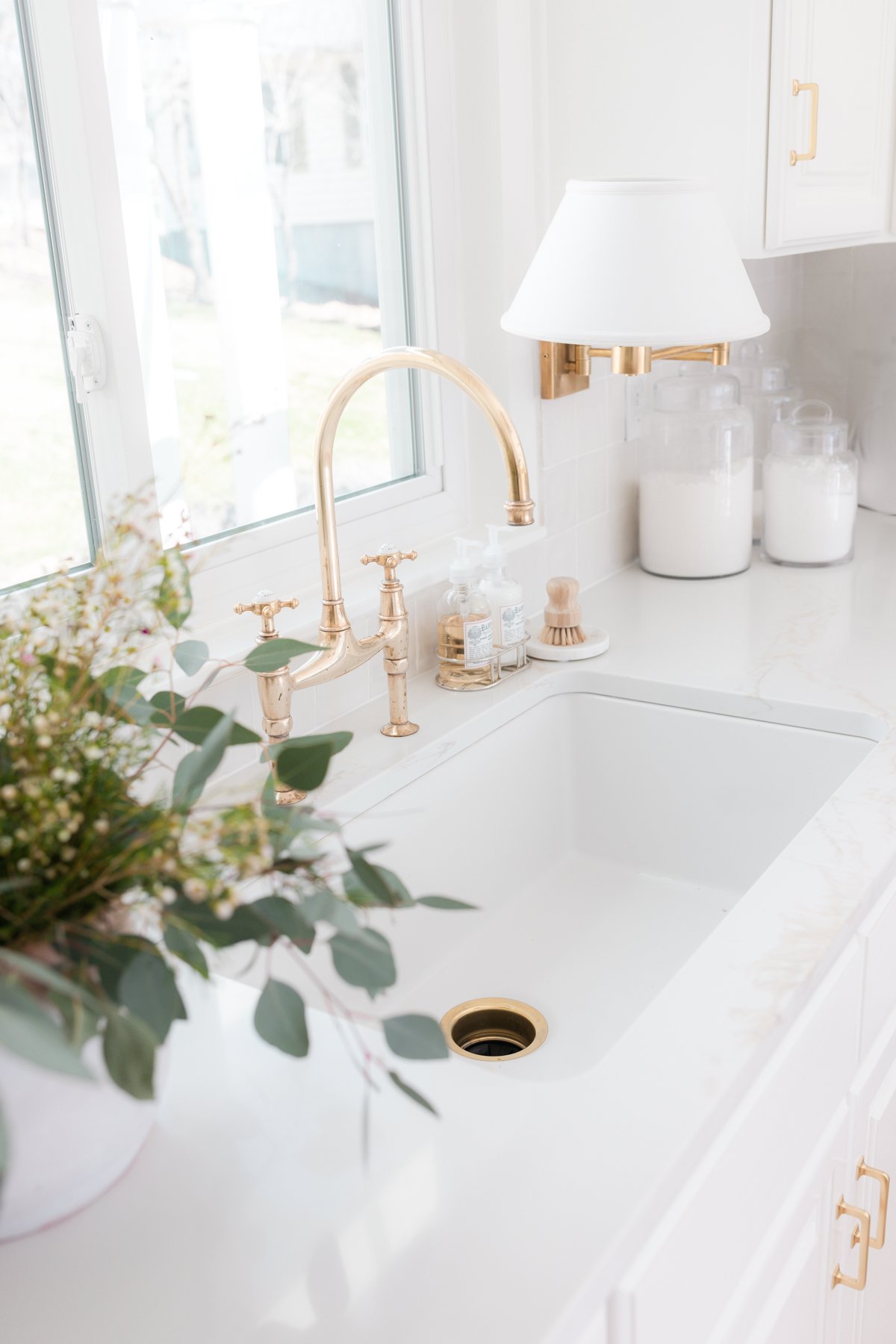
Cons
While we adore the patina on unlacquered brass as it ages, it’s not for everyone.
- Patina – For some, the oxidation and aging is a drawback. If you want polished brass all the time, I highly recommend you install polished brass, not unlacquered. However, you can return unlacquered brass with patina to its original condition by polishing it.
- Variations – Heavily used unlacquered brass pieces will become darker faster than those that receive minimal use.
- Traditional Style – It is often used in more traditional homes. However, it is frequently being installed in more modern designs as well!
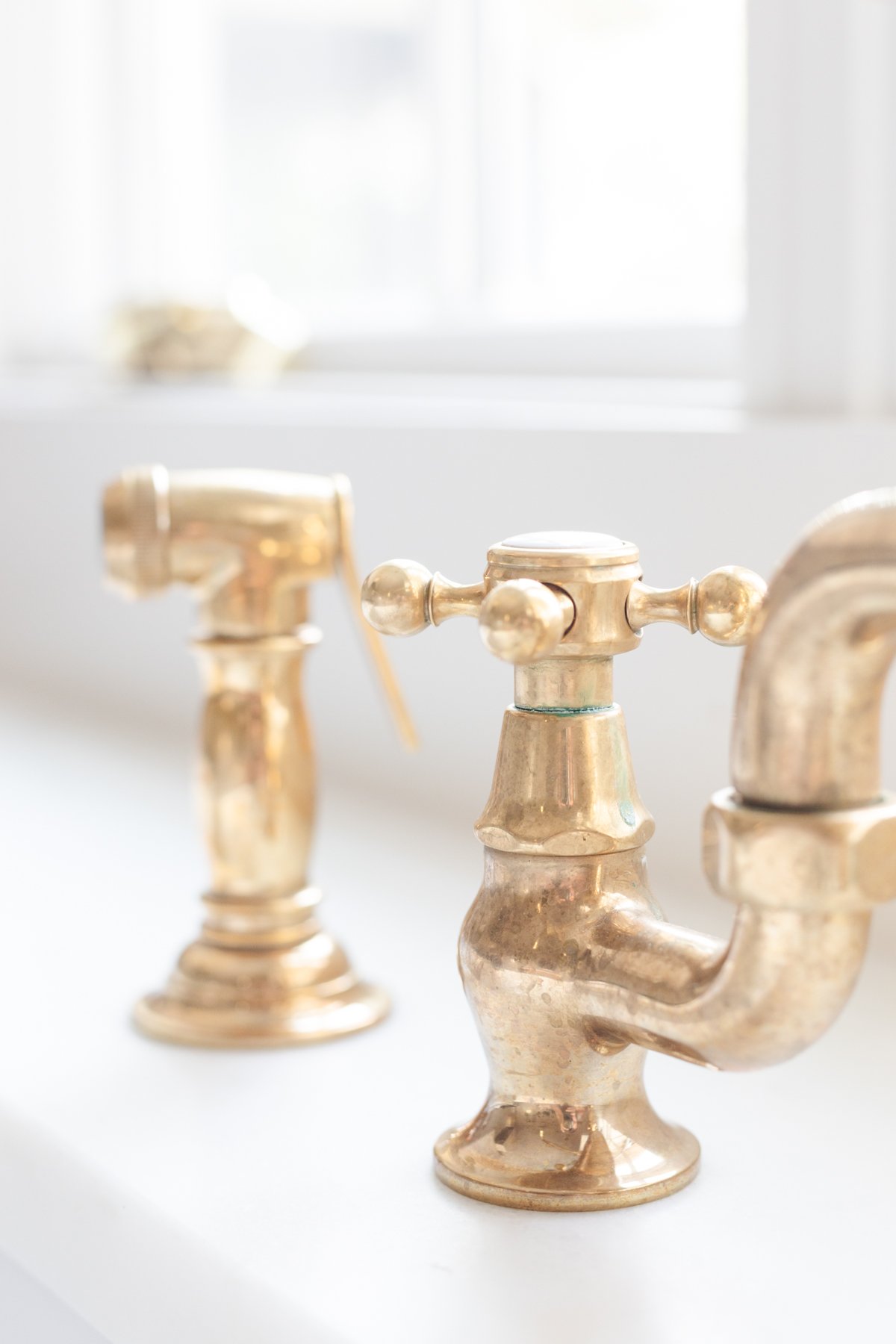
Frequently Asked Questions
As you can see in the photos in this post, it takes around a year to really start to see the patina. In fact, two years is probably when it was darkest.
Yes! Unlacquered brass ages to the perfect patina, which adds so much charm and warmth to your home.
Vinegar is safe on uncoated, raw brass. Find all the best methods for cleaning your brass with this Brass Polish.
Yes! You can give your uncoated brass a patina by using vinegar and salt or a brass ager.
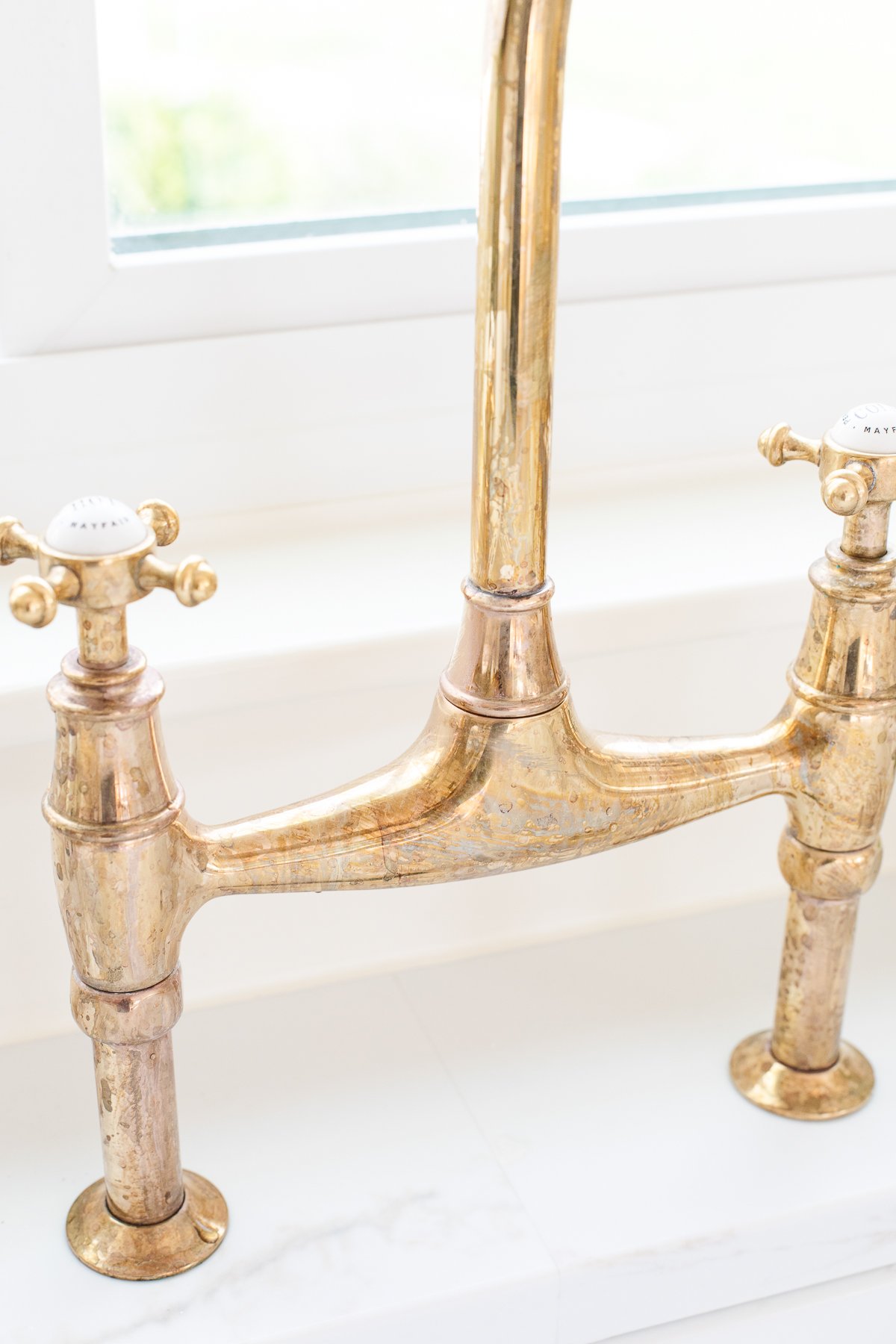

Care, Cleaning and Maintenance Tips
- More than anything, the side sprayer is a life saver! We contemplated doing without the side sprayer, but I’m so thankful we didn’t.
- Anything with acidity including tomatoes, citrus juice, toothpaste, etc will tarnish brass. A powdered brass polish or soft cleanser can renew the finish in just a few minutes.
- If you want to restore it and make it shine, learn about our favorite brass polish and techniques.
- For daily cleaning, use a soft cloth, soap and water or a surface spray. Dish soap effectively removes oils, food, fingerprints and more with a soft cloth, microfiber or a paper towel.
If you have more questions, be sure to read through the comments on this guide! There are so many great questions, answers and tips from real homeowners.
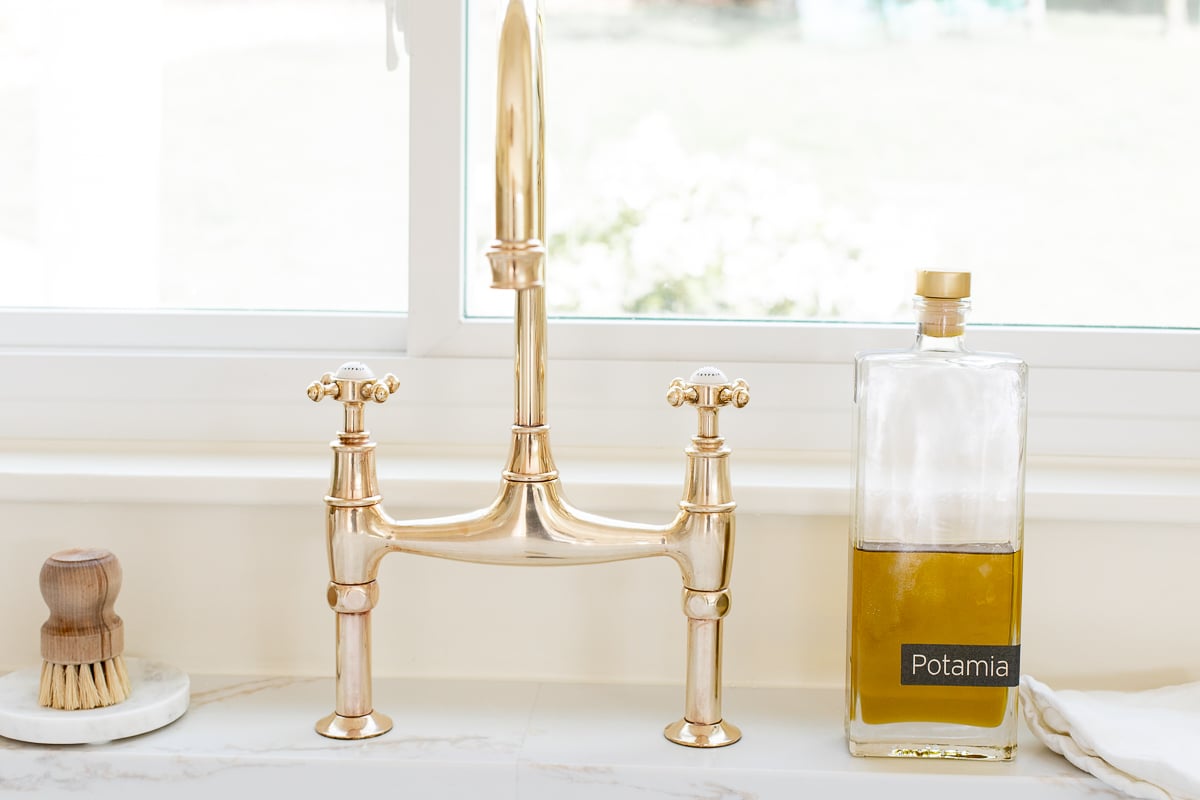
Sources
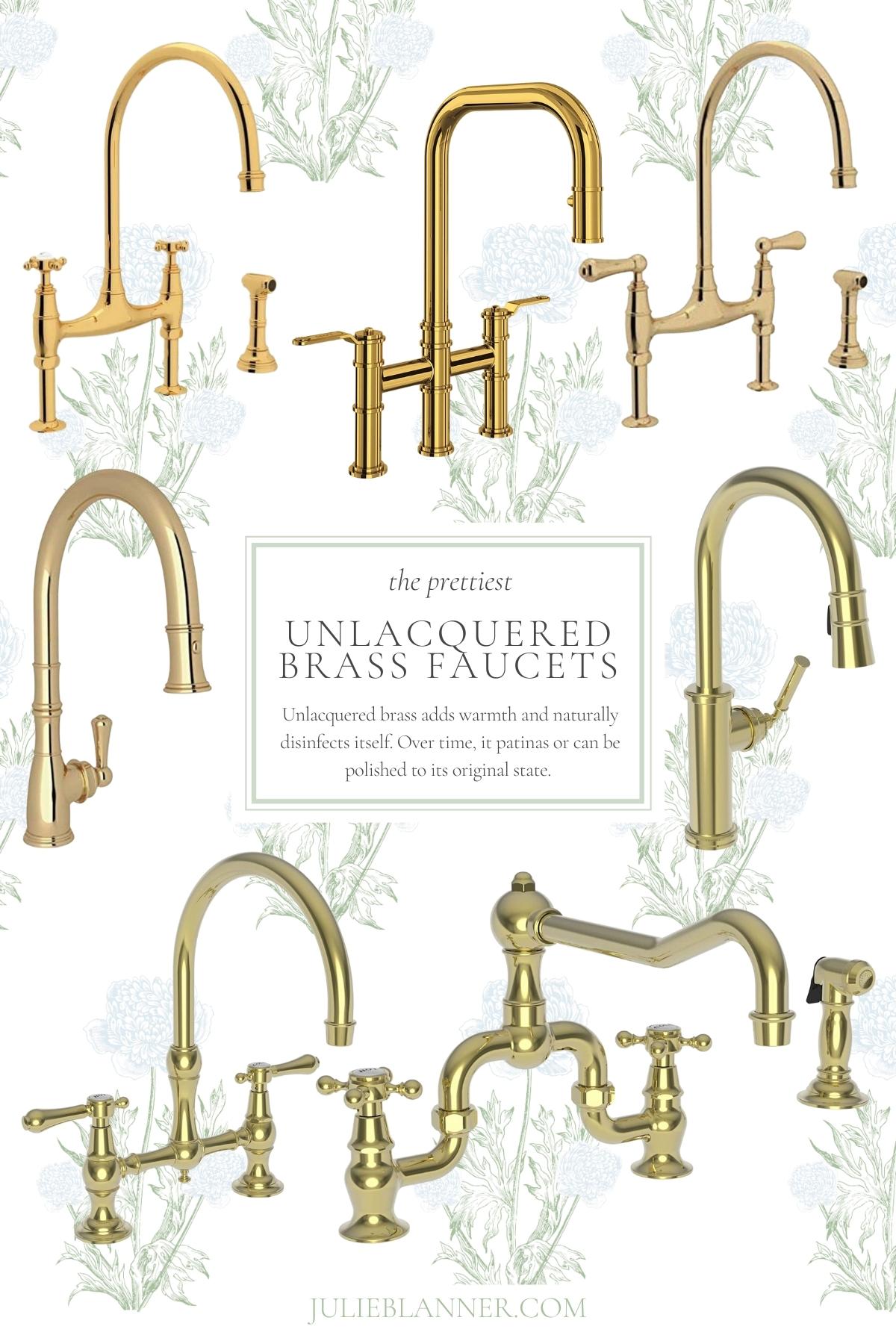
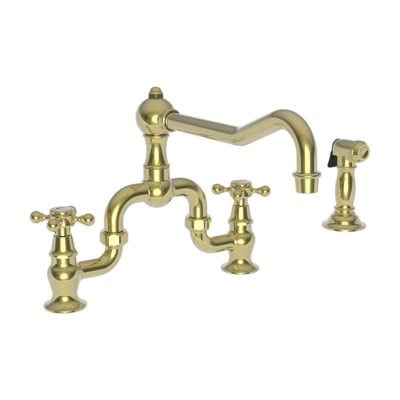
Newport Brass Bridge Kitchen Faucet with Side Spray
As seen in our St. Louis kitchen.
Georgian Era Bridge Faucet
As seen in our lake cottage kitchen.
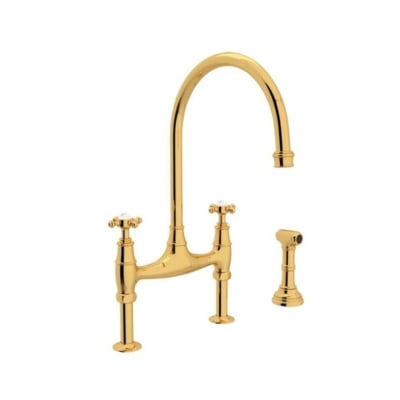
Click through on any of the following images to find more of our favorite unlacquered brass faucets!

Amazon Storefront
Follow my Amazon Storefront to find more holiday looks for less.

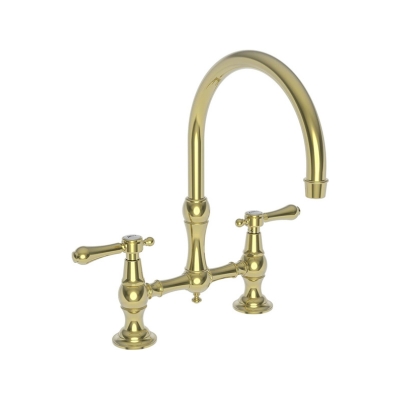
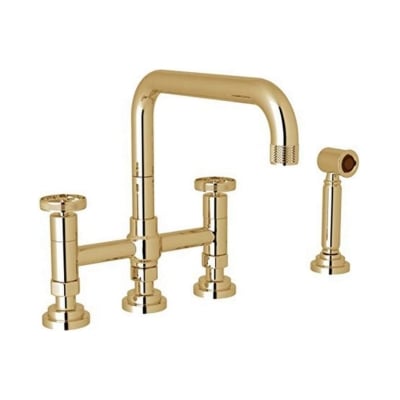
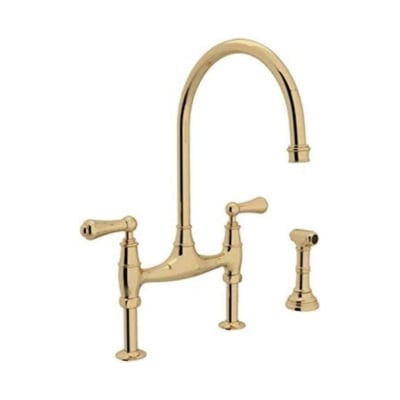
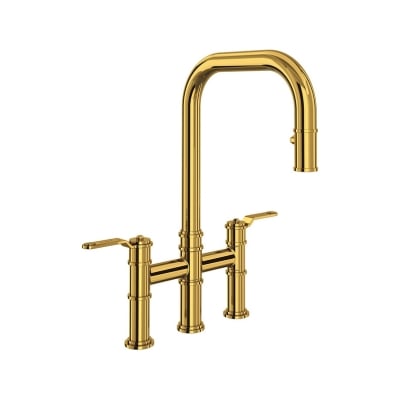
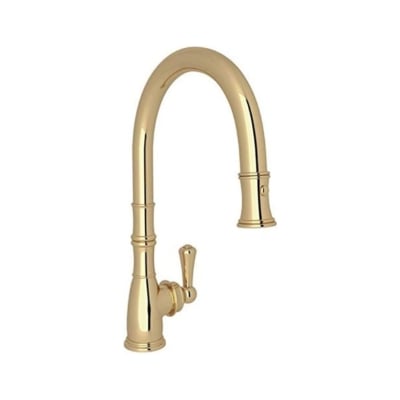
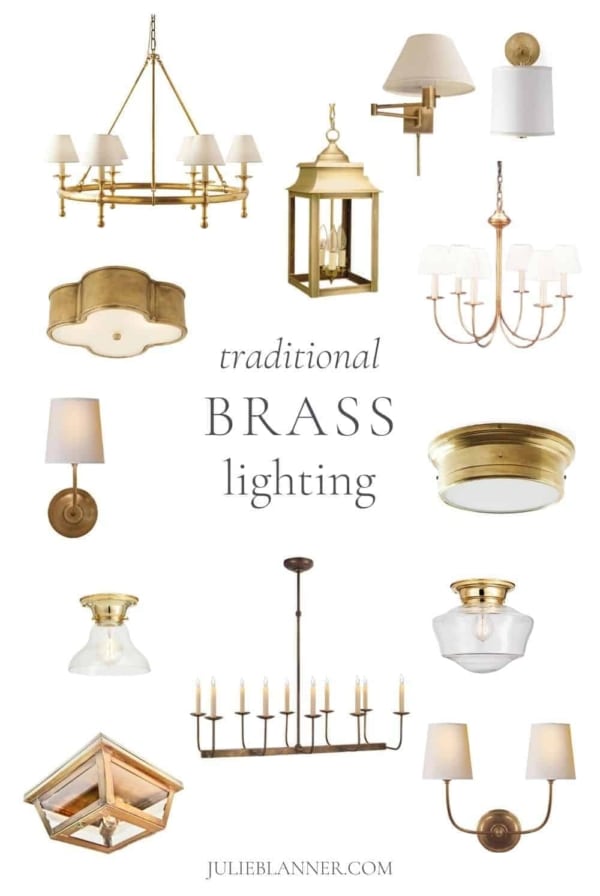
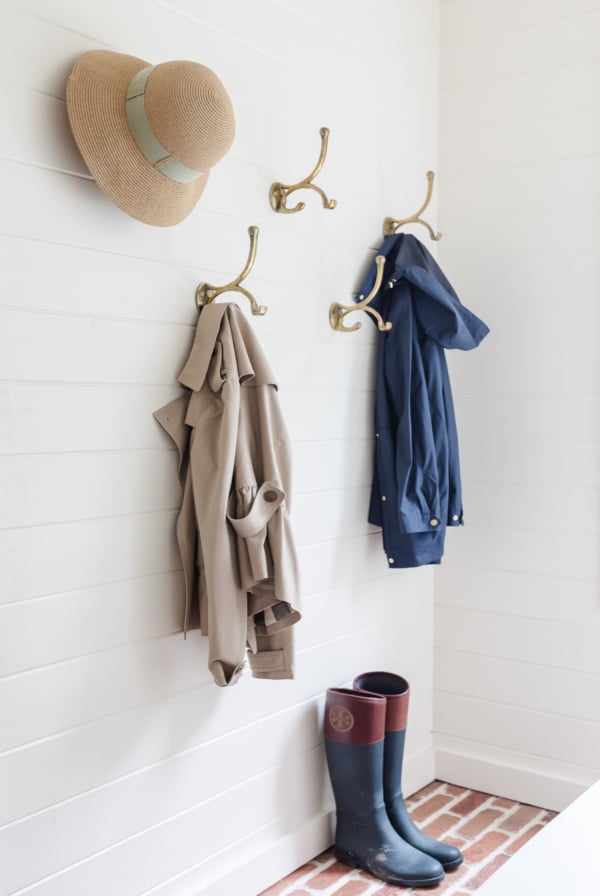
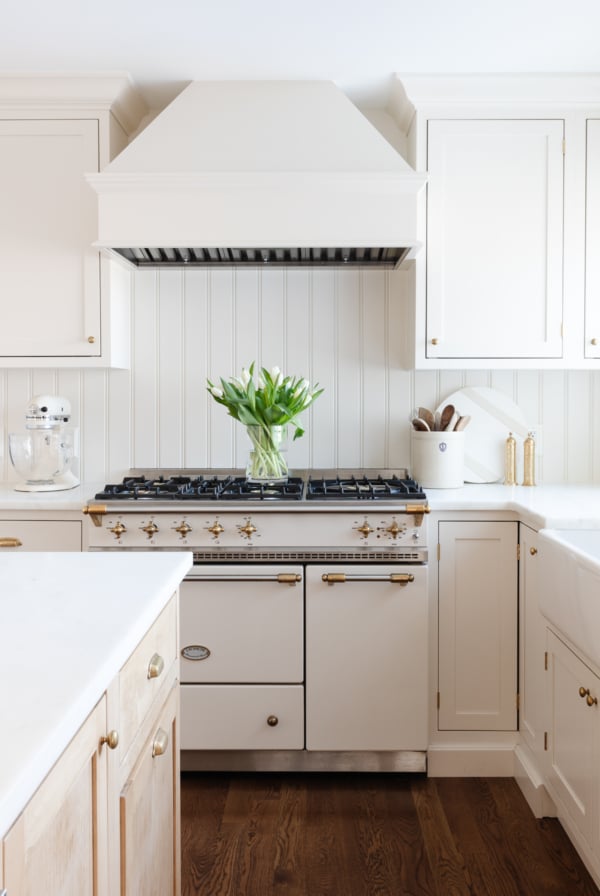
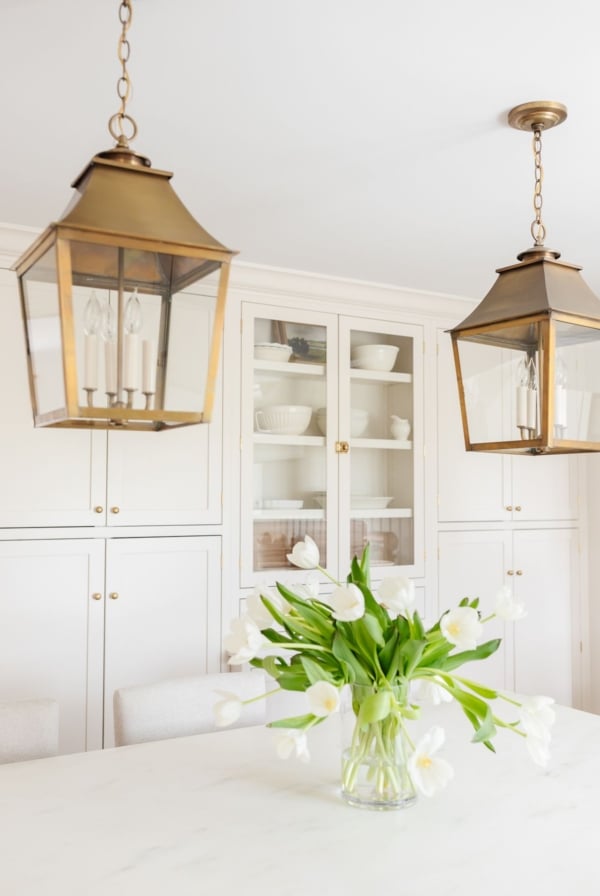
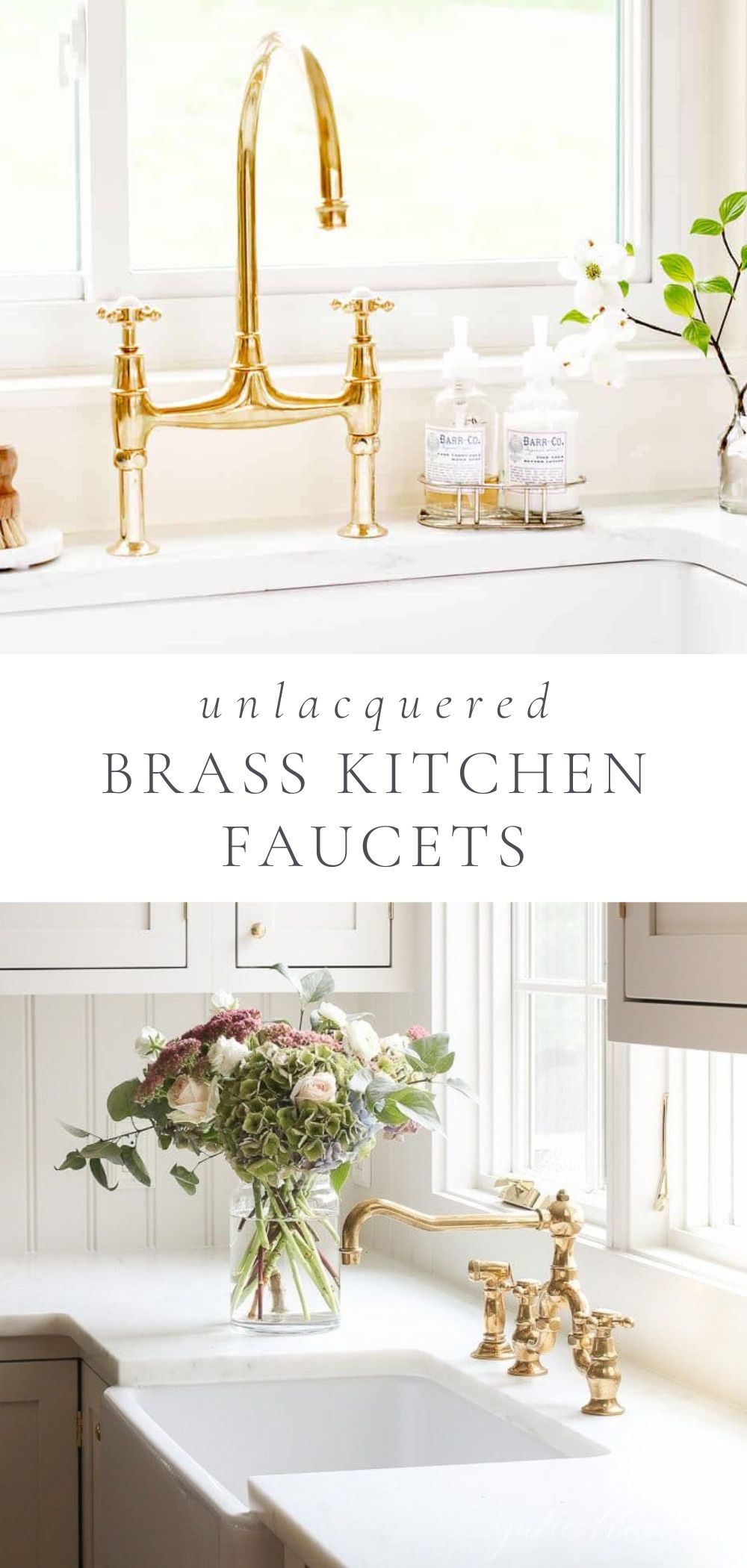
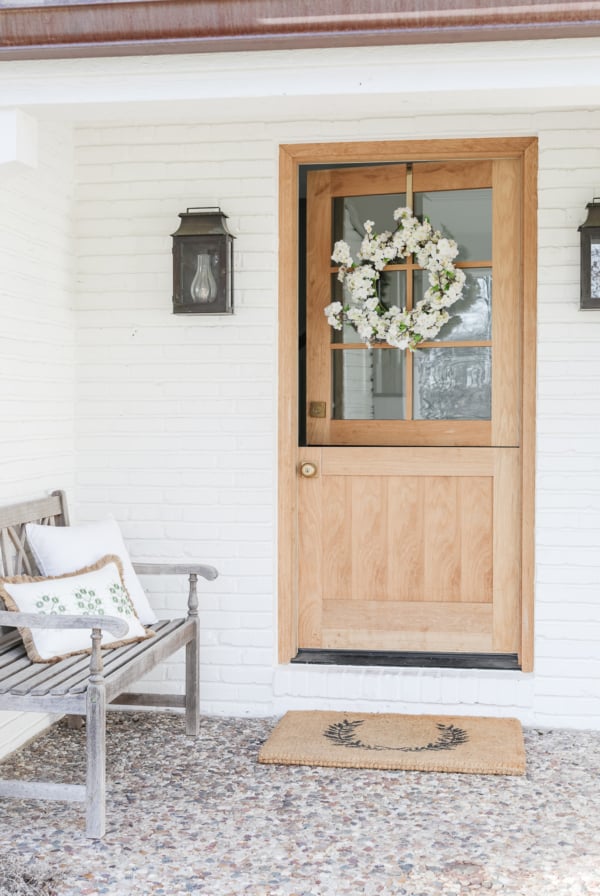
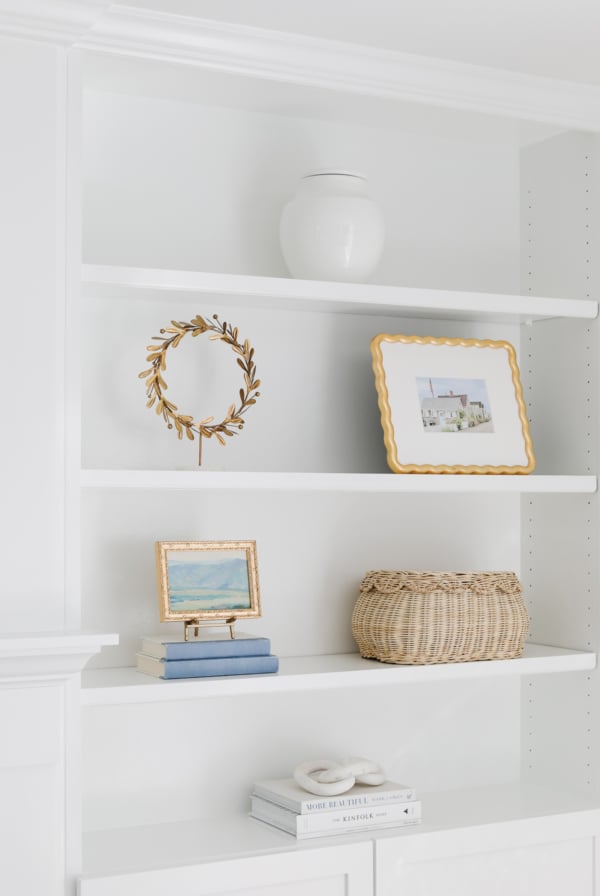
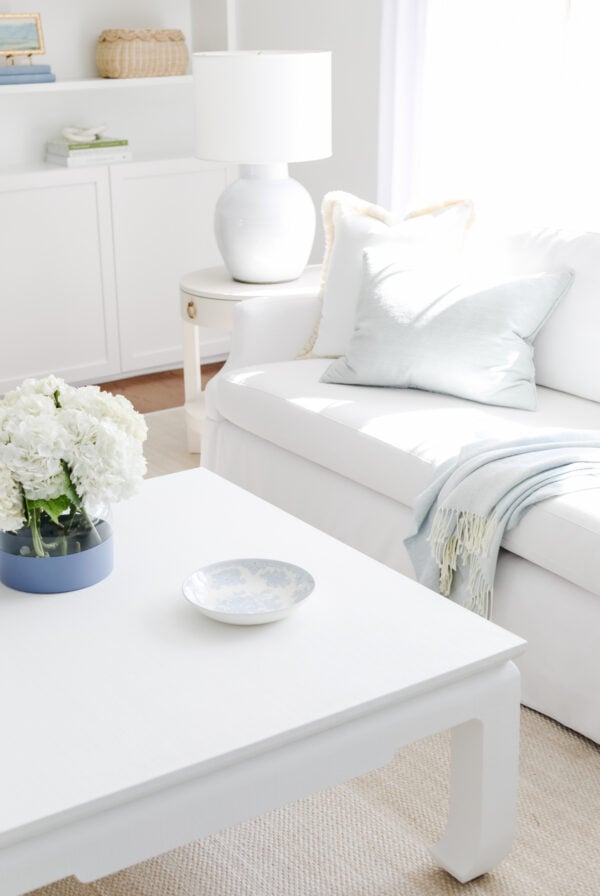






Can you tell me what cabinet hardware you went with? Love the faucet and getting for my kitchen farm sink
It’s all available in my shop and Amazon shop, enjoy!
I am so thankful you have the post on the unlaquered brass kitchen faucet! It is amazing how hard it is to find unlaquered brass. I absolutely love how your faucet looks, as well as your whole kitchen! Thanks so much. Willa
It is so surprising, isn’t it? I never dreamed it would be so difficult. Glad you enjoyed it, thanks for taking the time to comment!
Beautiful kitchen!
We’re debating on unlaquered brass in the bathroom shower and sink but I’m worried about how it will age. The sales people have highly discouraged us saying it could turn green over time and that we would always have to wipe everything dry.
Do you have updated photos of how your faucet has aged?
I just added a photo – you can find more here and see them sprinkled throughout my site. I LOVE patina, which is why I chose unlacquered brass. If you want it to remain pristine, I would recommend polished.
Hi Julie,
I am considering buying this faucet: It is this one?
Uncoated Polish Brass – Living Finish: Will Oxidize
I just want to make sure I buy the good one!
Thanks, Mélissa
My apologies, I updated the link. This is the faucet/finish, enjoy!
I am ordering this same faucet but was thinking about forever brass so I don’t have to polish it. Do you have any pictures of what patina looks like on your faucet or knobs? I am ordering similar pulls and knobs from House of Antique Hardware but can’t decide on polished or unlacquered. Do you have to polish your knobs frequently to keep them looking like they do in your pictures? Your kitchen is stunning!
I do! I actually took several the other day to update this post. I LOVE the look of aged brass, but if you would polish it, I would definitely go with forever brass. I personally wanted them to age which is why I chose unlacquered, but I do love the polished look as well.